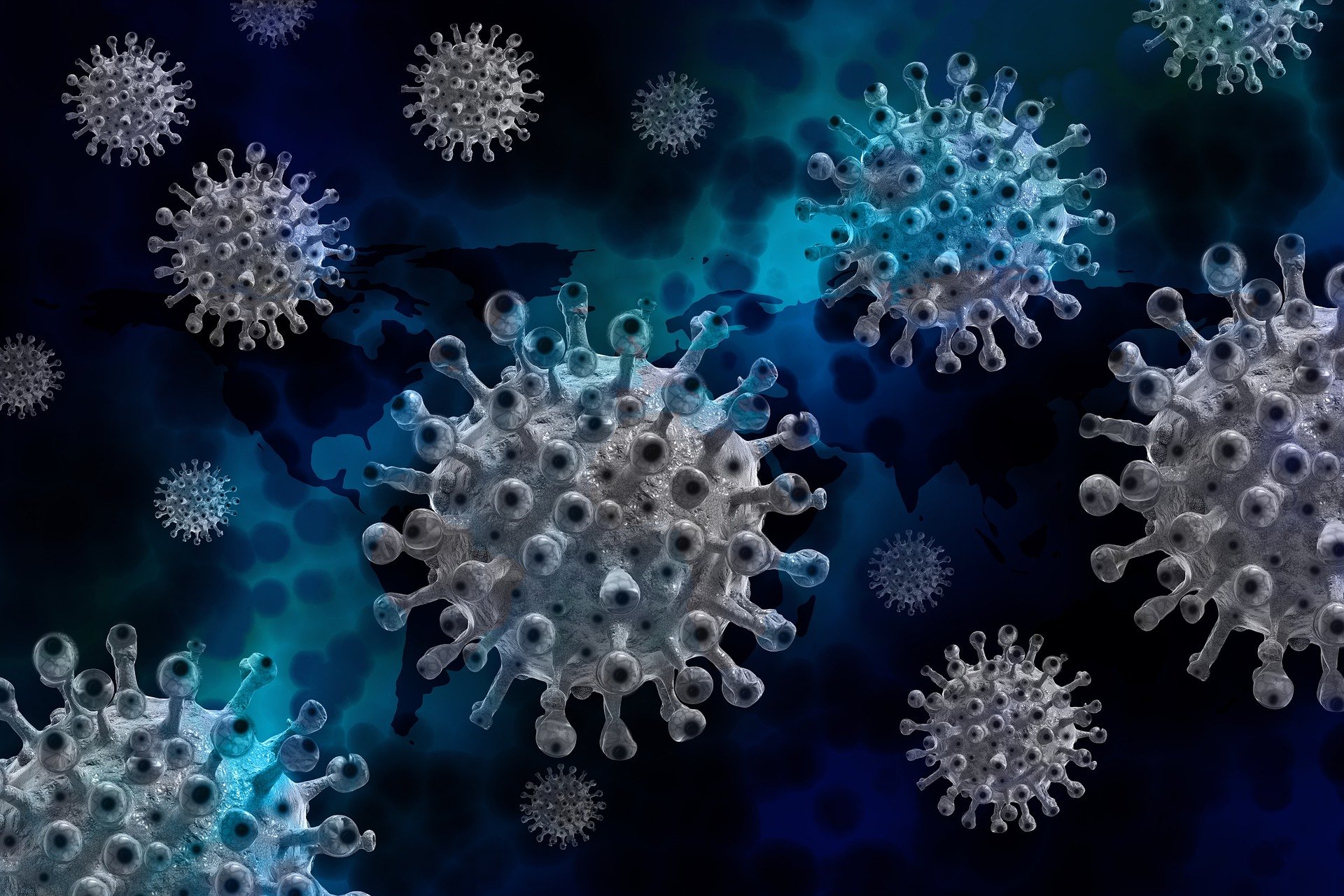When the WHO declared at the end of May that it would henceforth name corona mutations with Greek letters instead of after the countries in which they were discovered, the British variant (beta) was still predominant in Austria and India was hit by a fierce covid wave, for which the delta mutant was eventually blamed. In the meantime, the delta variant, which has been proven to be more contagious, is also predominant in Austria. And the next virus development is already at the starting line: consequently named “Lambda”. It bears the technical designation C.37. More contagious? More dangerous? This does not automatically have to be the case with mutants; the great goal of a virus is merely to survive. This can affect the blueprint modification of Sars-Cov-2 in different ways.
When was the lambda variant discovered?
The variant was first identified in Peru in August 2020. In that country, 81 percent of all Corona cases analyzed were already assigned to Lambda in April. In Argentina and Chile, the figure was around one-third in recent months. In mid-June, the World Health Organization (WHO) declared that it was placing the corona variant, which until then had occurred mainly in Latin America, under special surveillance.
Corona variants are divided into two categories by the WHO and also by the EU epidemic authority ECDC: Variants under observation (“variants of interest”), which lead to clustered cases or occur in several countries. This includes lambda. One level higher are the variants of concern. They are demonstrably more contagious, more difficult to control or lead to more severe diseases. These include, for example, the delta variant or the Brazilian variant (P.1, now called “gamma”).
Is lambda more contagious than delta?
There is no clear answer to this question. Initial studies in the so-called preprint (i.e., without testing by other scientists) point in this direction, while recognized scientists reassure. What is known is that lambda has seven mutations in the spike protein, the mushroom-shaped “spikes” on the shell of the virus that help it dock with our cells. These mutations could make it easier for the virus to enter cells and, in turn, make it more difficult for our antibodies to do their job of neutralization.
In addition, vaccines also target the spike protein. Mutations there could therefore reduce the effect. For the time being, however, the subjunctive remains. A Japanese study (in the preprint), however, declared lambda to be “more contagious” because it is “responsible for the escape of antibodies” due to some mutations. This is also the reason why such a large wave of infections could build up in South America.
The Secretary General of the German Society for Immunology, Carsten Watzl, explained on Wednesday in response to a question from the Deutsche Presse-Agentur: He considers the term immune resistance in the title of the Japanese study “simply wrong in relation to the data shown”. These merely showed that lambda was slightly more contagious than the original virus in laboratory tests, but not more contagious than the delta variant, which is currently prevalent in Austria and many other countries.
Many studies in the laboratory rely on the development and action of antibodies. However, in the human body, T-cells also play a major role in defending against viruses.
Does the lambda virus have an impact on vaccination protection?
Here, too, there is no clear answer yet. For the time being, one can also only refer to a study preprint, this time from the New York University Grossman School of Medicine, but with more encouraging results.
Accordingly, the virus with the lambda spike variant exhibited higher infectivity, but was neutralized by the Biontech/Pfizer vaccine as well as Moderna by vaccine-induced antibodies, with only a relatively small average 2.3-3.3-fold decrease in titer. Thus, the results suggest that currently used vaccines continue to protect against the lambda variant and that monoclonal antibody therapy also remains effective.
However, it is important to reiterate: All of these studies must first be reviewed by the scientific community before they are finally published.
What is the current situation in Peru?
Here, too, there is good news. According to the WHO, the lambda variant is no longer spreading at a particularly high rate. Among other things, WHO always looks at how much a variant spreads after it is discovered, Covid expert Maria van Kerkhove told Deutsche Presseagentur on Wednesday. “It’s not really going up, even in Peru, where the variant was first discovered,” van Kerkhove said.
But there is bad news for Peru: according to information from Peru, the lambda variant is being displaced there by the gamma variant (P.1, formerly known as the “Brazilian” variant). Van Kerkhove also acknowledged that the mutations in a spike protein of the lambda variant are quite worrisome.
In how many countries has lambda been detected?
Lambda has been detected in 40 countries, according to WHO. As of April 2021, the Ages has been commissioned by the Ministry of Health to
- to develop a surveillance system (sentinel system) for emerging and existing mutations of SARS-CoV-2.
- to be implemented. This surveillance system will provide an overview of the mutations and variants currently occurring in Austria. For the time being, the lambda variant has not yet appeared in Austria.
Will there be further mutations?
The coronavirus will continue to change, the question is at what pace and with what consequence? The president of the German Society for Virology, Ralf Bartenschlager, assumes in an interview with the Deutsche Presse-Agentur that the number of variants will remain “manageable”. However, he said, it is not yet possible to say for sure whether relevant mutations will follow.
According to Klaus Überla of the Virological Institute at the University Hospital Erlangen, it is impossible to predict how dangerous future mutations will be. “The main selection pressure is transmissibility,” he explains. “Better transmissibility may be associated with more benign or severe disease courses.” Bartenschlager says, after all, “The better viruses adapt to the host, the less damage is usually done to the host.” But the rule doesn’t always apply either, the expert emphasizes.
The next mutant is already here
And there is already a new variant, first discovered in Colombia: B.1.621. It has not yet been assigned a Greek letter, but has already been detected in Austria – in the wastewater of the Wörthersee West wastewater treatment plant.
Based on the results of the analysis, it is assumed that there must be several cases in the catchment area of the sewage treatment plant, a statement from the Carinthian provincial press service said.
Like lambda, B.1.621 is considered a “variant of interest” for the time being and is being monitored worldwide, as it is also suspected of increased transmissibility. But the European Centre for Disease Control (ECDC) also stresses that many questions remain unanswered and data are thin.
In southern Florida, however, authorities are already noting an increase in cases with B.1,621. Even there, however, Delta continues to be the predominant variant of Sars-Cov-2 by a wide margin for the time being.
— source: diepresse.at/picture: pixabay.com
This post has already been read 1604 times!



